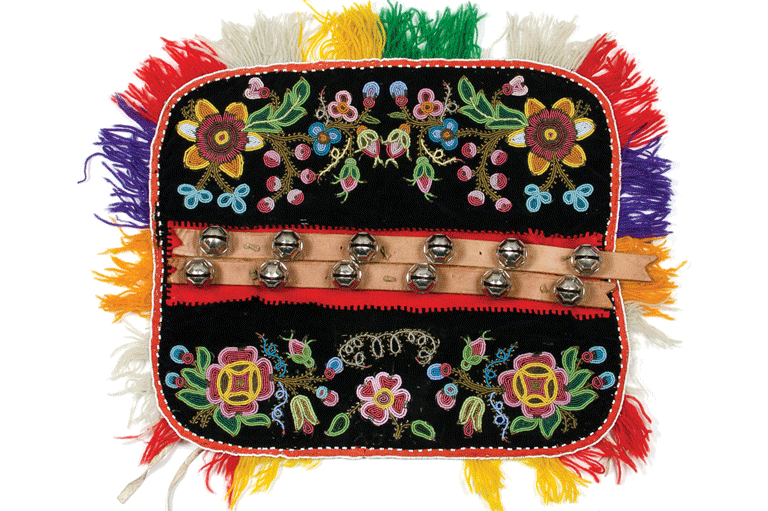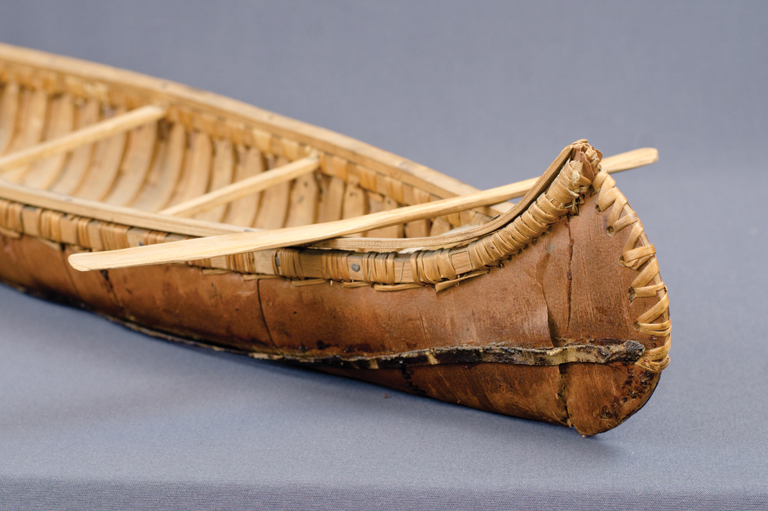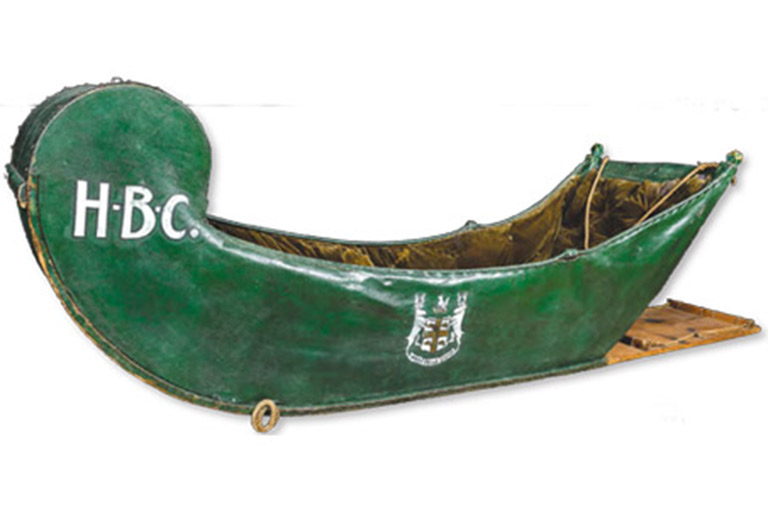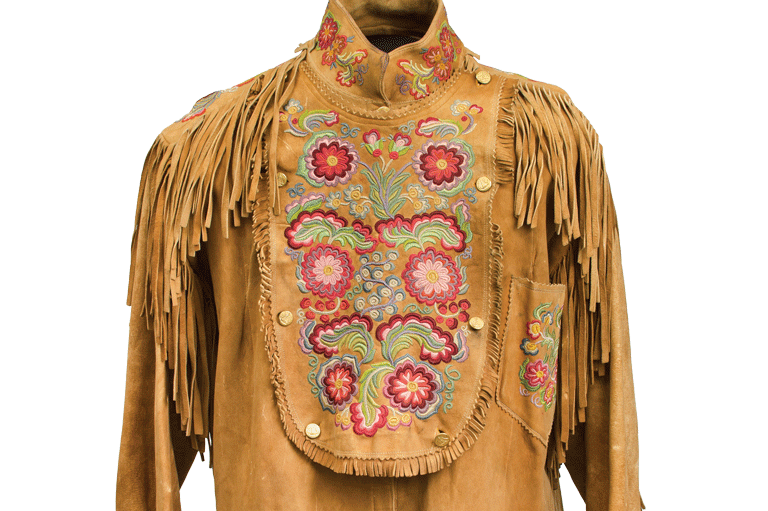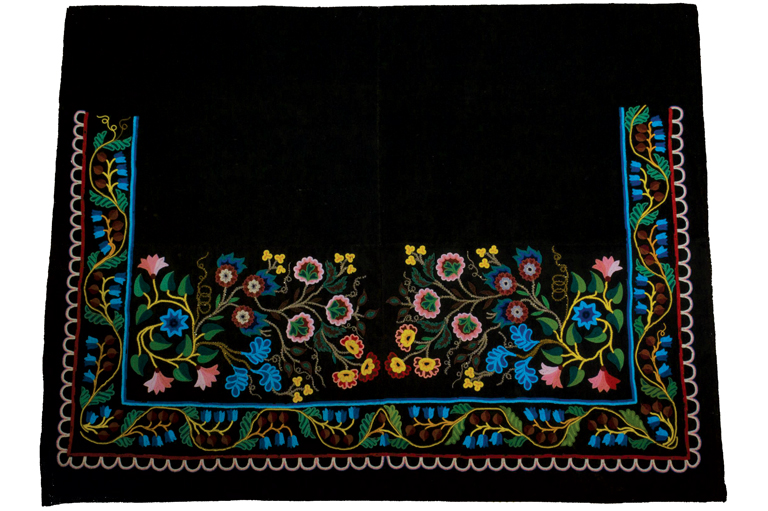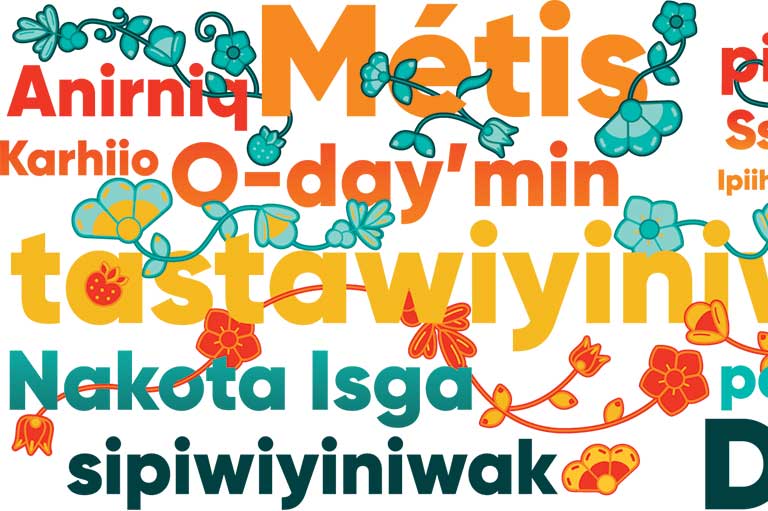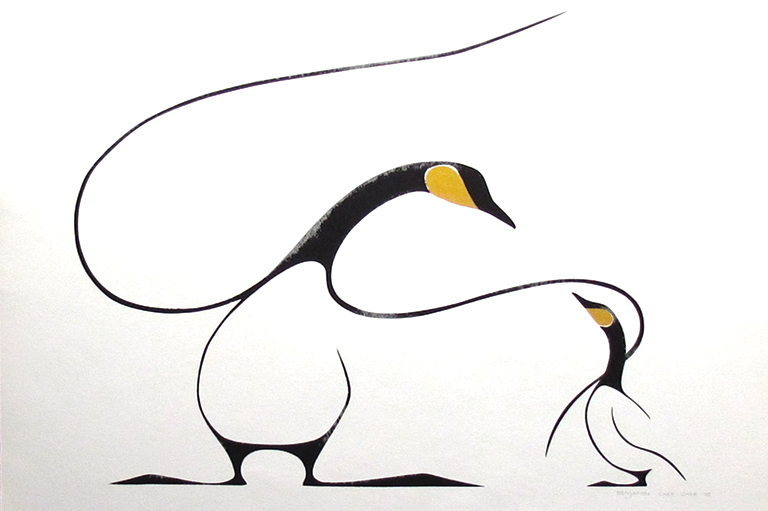Discover a wealth of interesting, entertaining and informative stories in each issue, delivered to you six times per year.
Mushing Machine
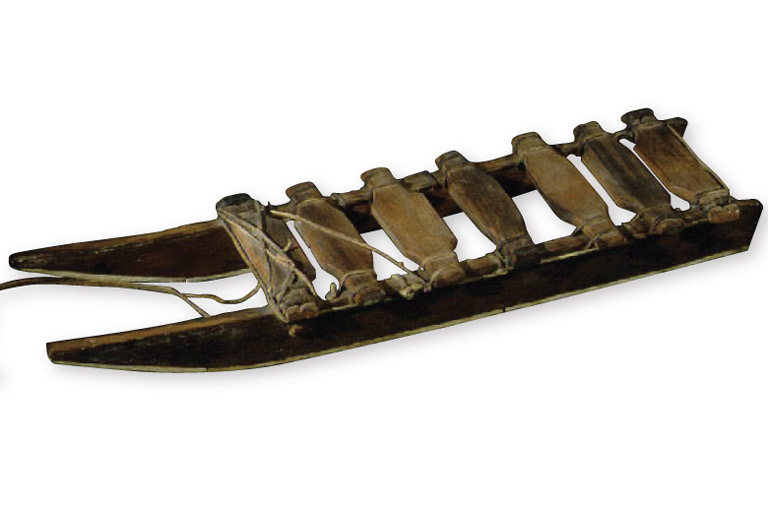
For thousands of years, the Inuit used dogsleds to cross the harsh northern terrain. The sleds became a symbol of northern life.
This model of an Inuit sled was made in the 1920s for trade or sale to a European-Canadian as a souvenir item. It’s based on a traditional type of short flat sled known as a komatik that was used for hunting. The sled was constructed by attaching cross slats to two parallel boards.
Wood was scarce in the Arctic; it was often found as driftwood, cut from sparse stands near the treeline, or obtained at trading posts. The runners were usually reinforced with bone or antlers. Sometimes peat was frozen to the underside to reduce friction.
Before loading the sled, the cross slats were covered with skins to prevent anything from falling through. Once loaded, everything was covered with skins and secured with hide thongs to the sides of the runners. Dogs pulled the sled, with hunters assisting on difficult terrain or in heavy snow.
At one time, the Inuit used sleds as a means of transportation for at least three quarters of the year. Today they are more likely to use snowmobiles.


